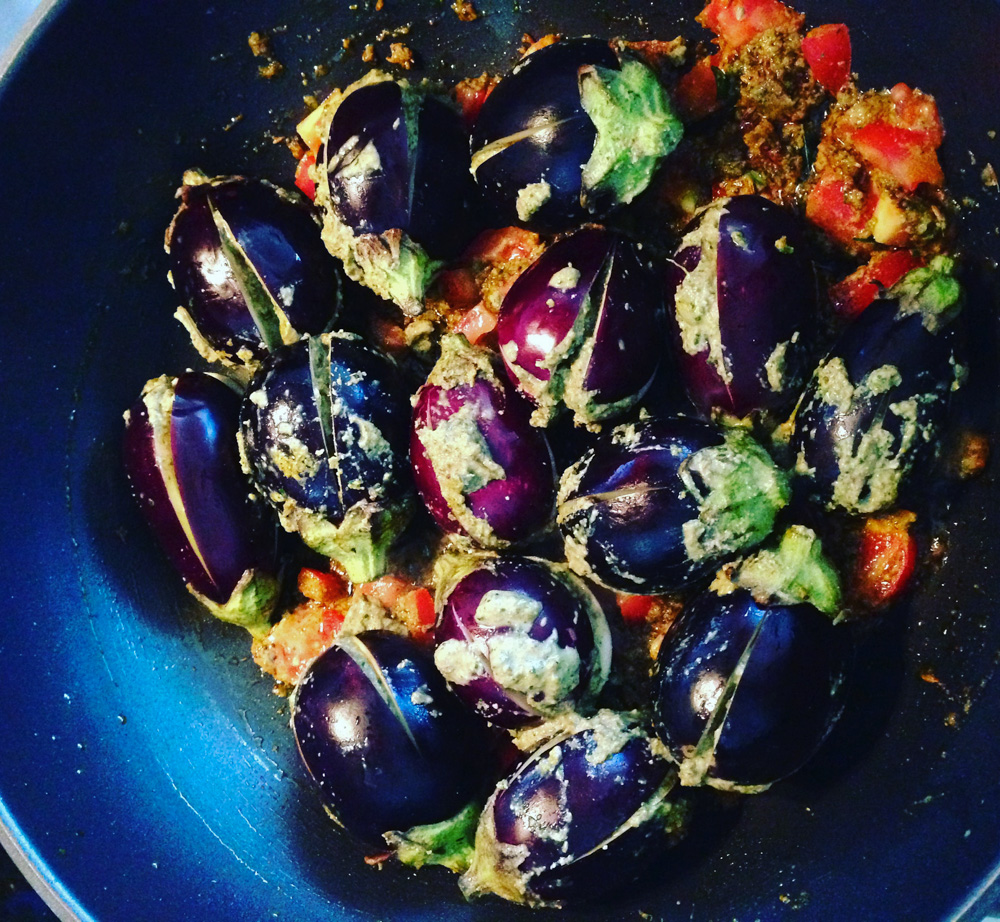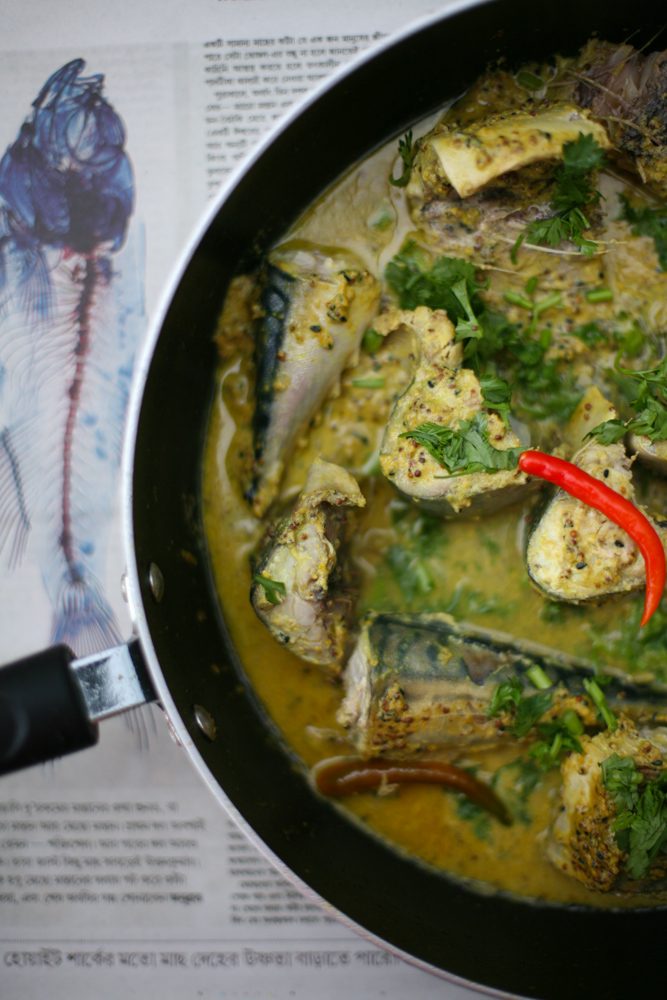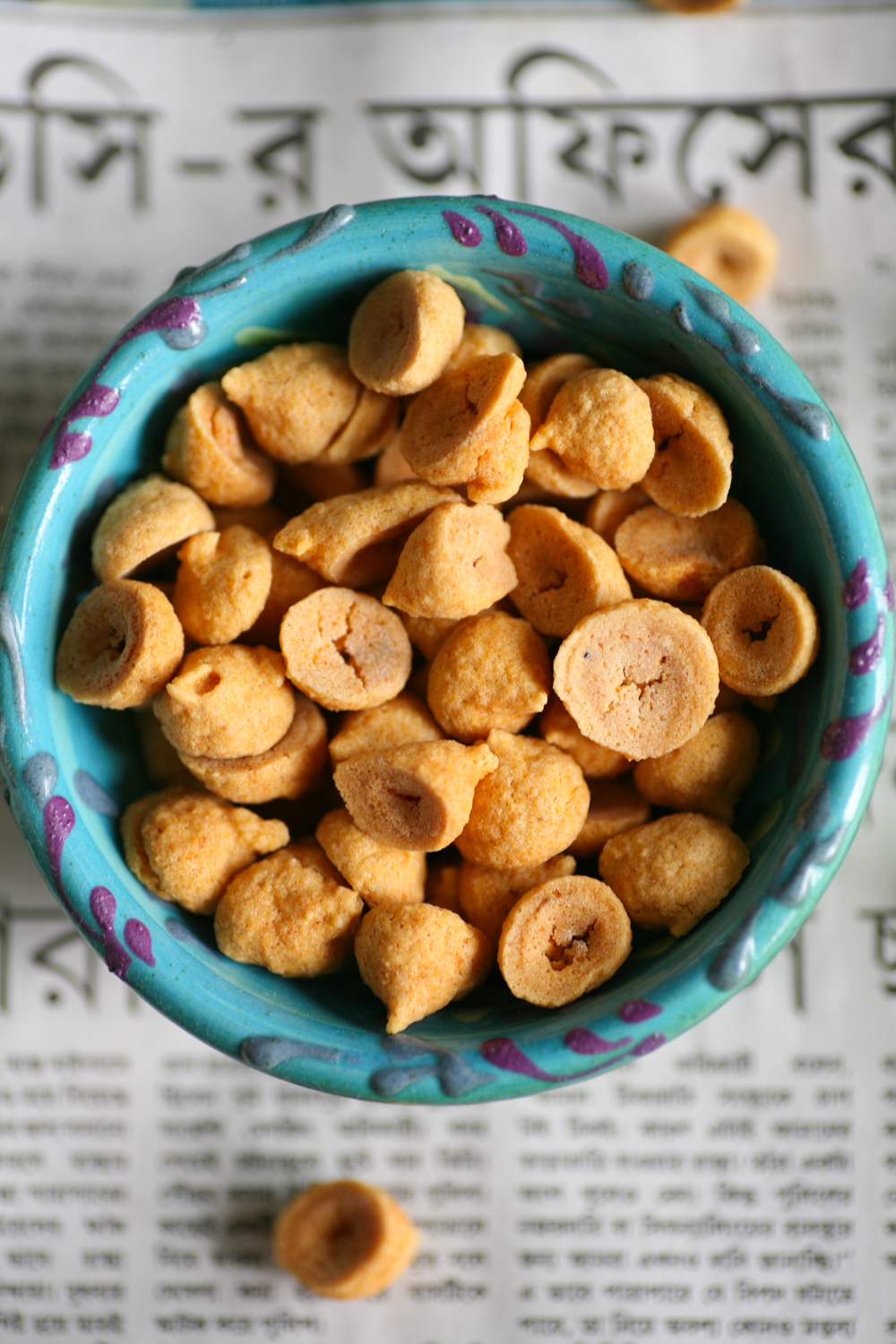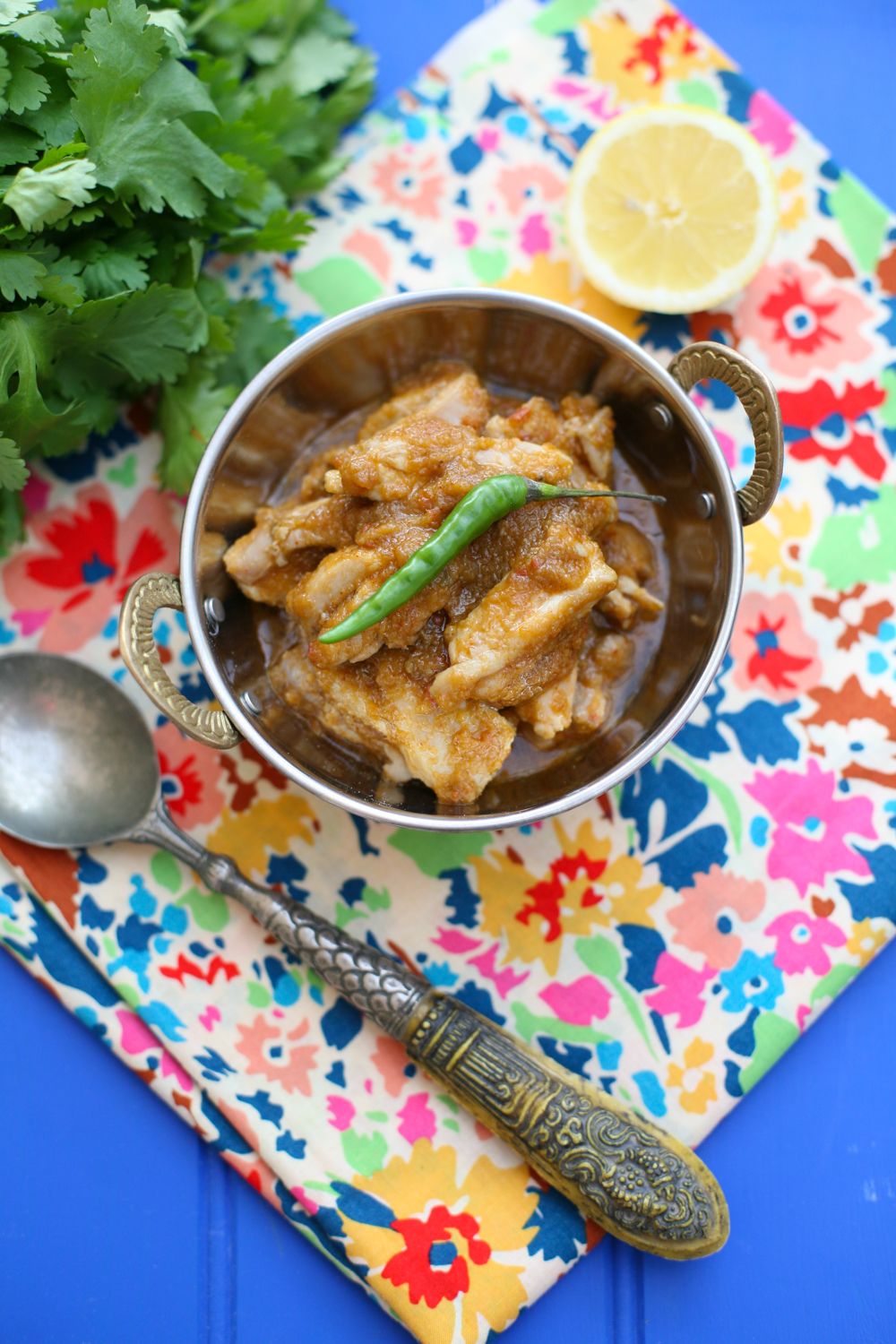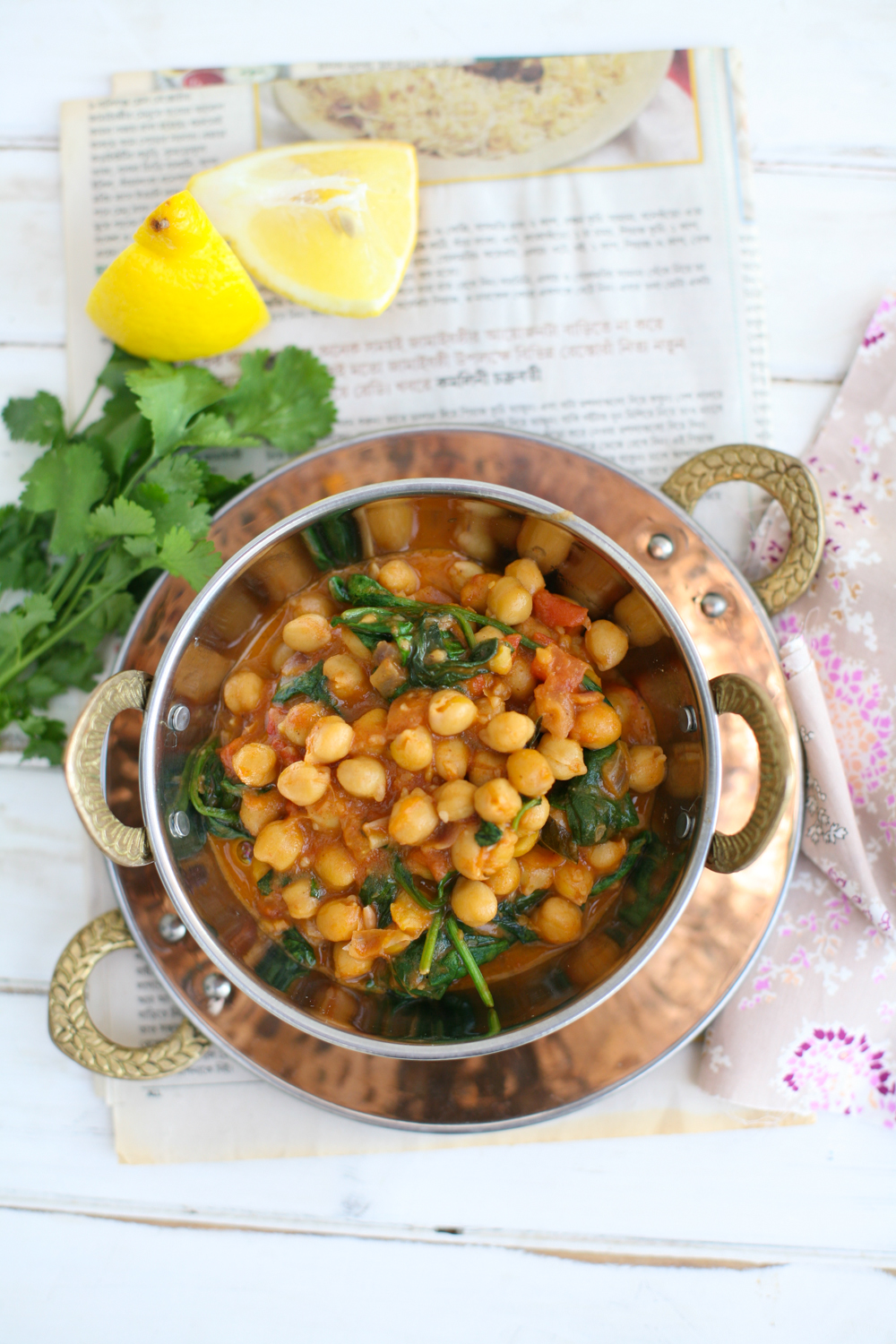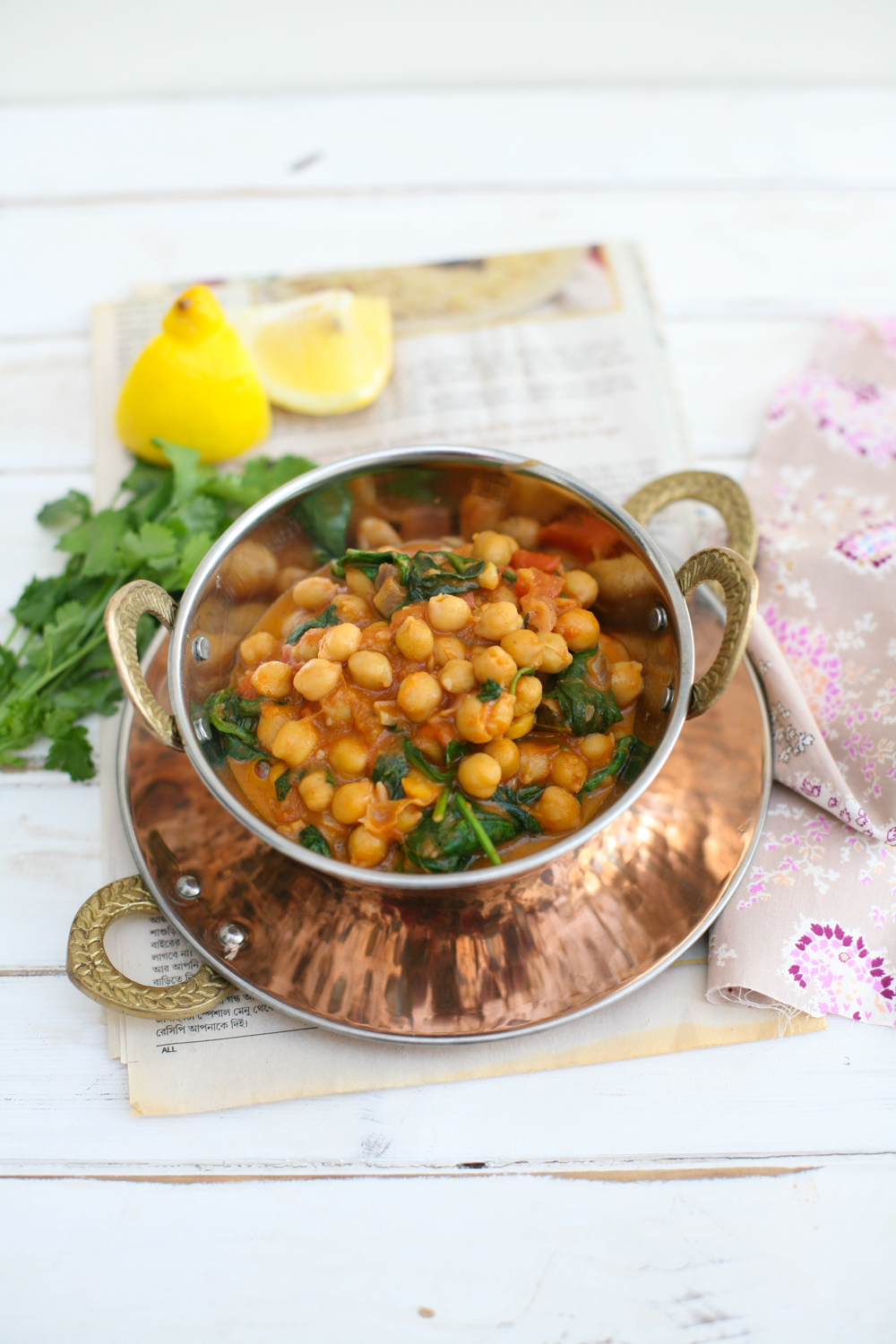This is quite a long post so boil yourself some water and make yourself a cup of tea. Sitting comfortably……..then let’s begin.
No trip to Sri Lanka is complete without a stay in the tea gardens. The cooling climate, the rich green tea plantations and the slower pace of life is very appealing, especially after spending time in the hot dry lands of the cultural triangle. I loved the experience of staying in them when I visited Kerala so made sure they were included in our Sri Lanka itinerary. Many travellers head to Nuwara Eliya often referred by the Sri Lankan tourist industry as ‘Little England’, a nod to the British summer time retreat in the 1800, but instead we opted to stay in a few valleys away, near to a small town called Hatton. There is a train station in Hatton and if I were to revist I would take the slow steam train from Kandy to Hatton to admire the scenery and avoid the hairpin bends, which make even the most hardened traveller feel car sick. Tickets need to be bought in advance so think about this as an option even if you have a driver.
We stayed a night in Mandira Dickoya and a night in Mandira Strathdon both old colonial ‘planters’ cottages who managed the tea estates. Mandira Strathdon is best for those travelling with a family as there are adjoining rooms. On arrival you are transported to another era where the pace of life was slow and charmed. The food at these boutique hotels is homely and authentic – check out these delicious bowls of curry that we had for supper.
Breakfast involved a freshly squeezed juice and some beautifully presented fruit – papaya with fresh lime being my favourite.

This was followed by buffalo milk curd and coconut treacle – I*N*C*R*E*D*I*B*L*E. Don’t be fooled into thinking it looks plain and tasteless. You’ll become addicted I promise you.
This was then invariable followed by the ubiquities rice hoppers with dal, chilli and pickle, sometimes with an egg in the middle. Tasty and certainly very filling.
In order to walk off breakfast, a guide showed us around the neighbourhood and the numerous tea plantations so that we could learn more about the tea, flora, fauna and general wildlife. Can I recommend that if you do this you wear long trousers and socks that pull up. My husband decided to take a stroll in shorts and ended up with the inevitable leeches, which caused his ankle to bleed for the proceeding three hours.

We met with some of the tea-pluckers, many of whom are the older women. The fear is that by the next generation there will be no one left to actually pick the leaves as the younger generation are not wanting to take on such hard labour. The tea plantations will revert to the forests that they once were before the arrival of the British, Dutch and Portuguese. To give you an idea of a ‘day-in-a-life’ of a tea plucker we learn’t that they rise before 6.30am and report to the factory where they are allocated an area to pluck tea leaves. They must pluck 18kg a day to get paid. For their labours they will receive the equivalant of £7 a day. As part of the job they will receive lodgings until their retirement.
A derelict tea factory stood alongside a hindu temple and tea pluckers cottages were painted in vibrant colours, some with beautiful flower garlands adorning the porch area.
There was even the most beautiful Christian church that was still well maintained and cared for, with graves from British planters who called this corner of the world home; the views from the church were magnificent.
We visited Norwood tea factory and got to see the full cycle of a tea leaf, leaving with an enhanced respect for both the tea pluckers and the process involved to create the tea that is drunk the world over. Definitely worth a visit if you are in the area. 
On our return to our lodgings we chanced upon a rather fascinating festival where crowds of people had gathered. As the traffic was brought to a standstill we decided to get out on foot to take a closer look. From afar we could see young men tied to large bamboo poles that were levered up into the air and then attached to small lorries. There was a lot of colour and noise and it looked intriguing if not a little surreal. The mind boggled as to what on earth they were actually doing. On closer inspection what appeared to be a rather jolly occasion looked, to the Western spectator (there was only us), to be dreadfully painful.
We discovered that the young men were actually tied up to the poles with small cleaver hooks going through their skin. Bizarrely it was our youngest daughter who first spotted this, who inquired whether we thought it would hurt. Bewildered and fascinated in equally measure, back at our hotel I discovered that the festival was called – Thirunaal, which coincides with the full moon around the 13/14th April and practiced by Tamil Hindus. I discovered that Sri Lanka is not the only country which practices such extreme religious devotion, it is also hugely popular in Indonesia and am sure it also takes place in India as well. The belief is that ones devotion to the hindu gods will free the body from pain incurred from the hooks. Being part of this festival the young men fulfil their vows to hindu gods.
Throughout the night, drums were heard and the festival continued as the full moon shone. It was certainly interesting to stumble upon, but felt a world away from Western civilisation.
The following day we headed for the coast, using the super highway from Columbo to Galle – 100km which takes no time at all owing to the fact that it was tolled and hence no one used it other than tourists, not even the sacred cows! As much as I love the hill stations and mountains I adore being near the sea – smelling the salty air, the sound of the waves and the palm trees gently blowing in the wind. We stayed in a small boutique hotel called Apa Villa, which is owned by Hans Hoefer – the photographer, designer and founder of Insight Guides.
It overlooks the sea, but due to the reef it is impossible to swim safely here. We didn’t mind as we had a beautiful pool to do some laps.
It was whilst staying here that we spent half a day with the kitchen staff at Hans’s other residence Apa Villa Illuketia a few kilometres inland, and which you can also stay in. This was the estate that Hans originally bought before buying his property on the coast. It has plenty of old world charm and we spent a peaceful morning with the staff, before sitting down to the lunch that we had watched being prepared.
Galle is definitely worth a visit, which was 15-20 minutes up the road from Apa Villas. This Dutch built fort town is walkable, absolutely charming and filled with fascinating shops, museum and churches.
It feels very European – well Dutch to be precise – once you get within the city walls.
We loved this great retro poster shop and thought this poster was rather apt.
We couldn’t resist a London priced cocktail at the Aman Galle Hotel occupying an elegant, 17th-century Colonial-style building to watch the world go by.
The beetroot recipe below was one that I was taught during the morning at Illuketia and works as a great accompanying dish with other fish/meat/vegetable curries or a simple dal.
Sri Lankan Beetroot Curry
2 tbsp rapeseed/coconut oil
1/2 red onion, chopped
2 garlic cloves, thinly sliced
10 fresh curry leaves
1 pandan leaf, cut into 4 strips
1 small/medium tomato, roughly chopped
1/4 tsp Sri Lankan chilli powder
1/2 tsp salt
1 tsp garam masala
1/4 tsp turmeric
2 medium sized beetroot, peeled and chopped into batons
pinch of freshly ground black pepper
25ml water
200ml coconut milk
- Heat the oil in a pan and add onion, garlic, curry leaves, pandan leaf and tomato and allow to soften for a 5 minutes.
- Add the chilli powder, salt, garam masala and turmeric and stir into the other ingredients.
- After a further five minutes add the beetroot and, to help soften it, add the water and coconut milk. Simmer gently for around 20 minutes so that the beetroot has softened and the liquid reduced slightly.
- You are now ready to serve.







































